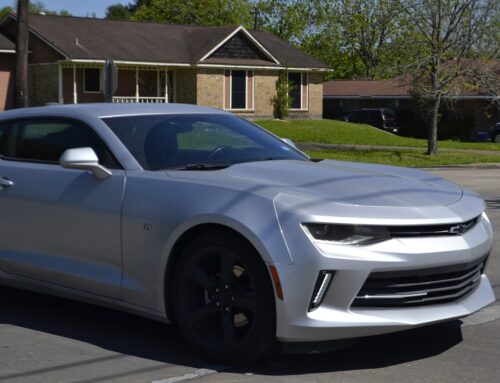In our last article, we discussed the reasons someone may decide to convert their Chapter 13 case to a Chapter 7 case and outlined the benefits and drawbacks of doing so. (If you are interested in learning more about this potential option, click here to read.) This week, we will look at some finer details of the conversion process, such as what happens to the debts and what new forms need to be submitted.
Post-Chapter 13 Incurred Debts
Debts incurred after filing for Chapter 13 but before converting to a Chapter 7 case are considered pre-petition debts under the Bankruptcy Code. Therefore those debts are eligible for discharge after conversion to Chapter 7.
This newly incurred debt may be the cause of the need to convert. For instance, if a debtor incurs significant new medical debt amid a Chapter 13 repayment plan, they may need to change their filing. In this case, there is typically no need to dismiss the case and start over. It is important to note that the court distinguishes between debt incurred outside of your control, i.e., medical debt – and the addition of new consumer debt in Chapter 13. The court must approve new purchases, such as a home or vehicle.
New Forms or Updates in a Conversion
Most schedules, documents, and statements will not need to be refiled after conversion. The court must be notified of any change in circumstances by filing new or amended forms, which may include the following:
- Statement of Intention: This form is not required in Chapter 13 cases but will need to be submitted as a new form when converting to Chapter 7. This statement will be filed for each asset considered collateral for secured debt and indicates if you intend to keep or surrender the property, redeem the property, or reaffirm the debt.
- Schedule I: This schedule outlines your income and needs to be amended if a change in income status is the reason for your conversion.
- Schedule J: This schedule enumerates expenses, which typically need updating in a conversion. The court needs to review your change of income and expenses to show that the reduced income level is insufficient to continue to fund a Chapter 13 plan.
- Schedule D/E/F: These schedules list your debts and should be amended to reflect any new creditors.
- Current Statement of Monthly Income: Ask your bankruptcy attorney about the necessity to file this statement in your jurisdiction. Schedules, statements, and other forms will reflect the original Chapter 13 filing date. However, a new 341 meeting (meeting with trustee and creditors) is necessary.
Did You Know? The court will reset all applicable deadlines when you convert your bankruptcy case. Typically, the court enters a discharge 60 days after the period for creditors’ objections expires.
Dealing with Exemptions in a Converted Case
Whatever property was owned when the Chapter 13 case was filed is considered part of the new (converted) Chapter 7 bankruptcy estate, including all exemptions on any property.
If the filing party did not have any non-exempt property when the Chapter 13 case was entered, there is typically no non-exempt property in the converted case. Any non-exempt assets may be liquidated by the new trustee to repay creditors for outstanding debts; however, as long as the pursuit of conversion was not done in “bad faith,” the property obtained after the original filing date should not be at risk of being sold.
While we have touched on some of the requirements and details of Chapter 13 to Chapter 7 conversion, your situation may be more complicated. You should always approach any form of bankruptcy or court proceeding with professional representation. Hiring an experienced bankruptcy lawyer protects you and your assets – and gives you confidence that you are taking the best possible steps to regain your financial freedom.
Richard V. Ellis and his team have helped hundreds of Sarasota residents with their bankruptcy process. Call today to schedule your first consultation to learn more about your options.





